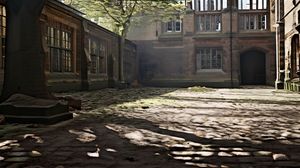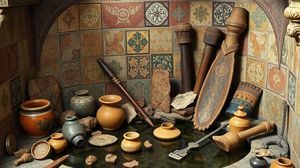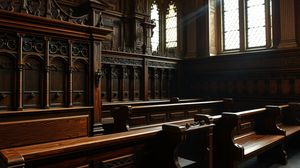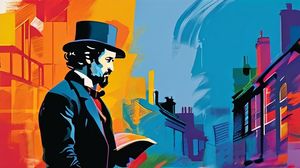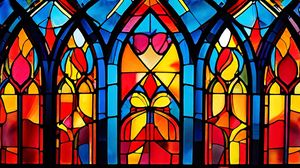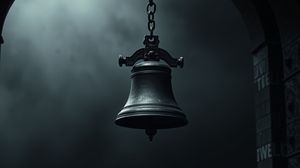
St. John's Gate in Clerkenwell, London, is an iconic remnant of the Priory of the Knights of St John, also known as the Knights Hospitaller. Originally built in 1504, it served as the entrance to the grand priory, which was the English headquarters for the order. The gate miraculously survived through the years, witnessing various chapters of London's history.
One of the most intriguing aspects of St. John's Gate is that it has played host to a variety of purposes over the centuries. From its origins as a monastic gatehouse, it was transformed into a venue for the revelrous gatherings of gentlemen's clubs during the Restoration period. Today, visitors can experience the echoes of its past at the Museum of the Order of St John, which is housed within its walls.
Beneath its historically rich ambiance lurks a curious detail: in the 18th century, St. John's Gate was the editorial office for the famous writer Samuel Johnson, who contributed to The Gentleman's Magazine. It was here that Johnson honed his craft, producing articles for what is considered one of the first modern magazines.
The architectural allure of St. John's Gate cannot be overstated. It features striking Tudor-style elements, including a grand arched entrance flanked by two circular towers. The structure has seen renovations over the centuries but retains many of its original characteristics, making it a picturesque spot for history enthusiasts and photographers alike.
Visitors to this historic site might find it fascinating that during the 19th century, St. John's Gate served as a public alehouse known as "The Old Jerusalem Tavern." This development was a far cry from its religious origins but illustrates the varied and vibrant history of the building throughout different epochs.
St. John's Gate has links to the world of theatre as well. In the 17th century, it hosted performances of the early English stage, further cementing its legacy as a versatile venue. The cultural gravity of the gate attracted luminaries of the time, further embellishing its place in London's storied past.

Making the Most of Your Visit:
When you visit St. John's Gate, take a moment to stand back and really observe the detailing on the facade. The Tudor-style architecture, especially the large arch and the circular towers, is a testament to the craftsmanship of the early 16th century. It's often overlooked in excitement to enter, but it's one of the most striking features from the outside.
If you're keen on literature, don't miss the opportunity to step into the same space where Samuel Johnson worked. Imagine the creativity and literary discussions that took place here. It's a special part of literary history not everyone knows about!
Don't rush through the Museum of the Order of St John. It's not just about the military and religious history of the Knights Hospitaller but also about how the site transformed through different eras. It's like a microcosm of London's evolution, so take the time to delve into the exhibits.
There's a little-known fact that St. John's Gate was once the location of "The Old Jerusalem Tavern". Although you can't grab a pint there now, it's fascinating to learn about the gate's varied past uses. Imagine the stories those walls could tell from such livelier days!
Lastly, keep your ears open for the stories of early theatrical performances that happened here. It's quite something to think that this gate was also a space for theatre and entertainment long before the West End became the go-to for shows. It's a wonderful snippet of London's performing arts history.

Visiting Times & Costs:
Opening Hours:
The Museum of the Order of St John, located at St. John's Gate, is typically open from Tuesday to Saturday. It is recommended to check the latest opening times before planning your visit as they can vary.
Admission Costs:
Entry to the Museum of the Order of St John is generally free. However, some special exhibitions or events might have an entry fee. It is advisable to check in advance for any specific events that may require payment.
Accessibility:
- The museum and St. John's Gate offer step-free access to the main entrance and exhibitions, ensuring accessibility for wheelchair users and visitors with mobility needs.
- Some areas of the historic site may have limited accessibility due to the building's age. Visitors are encouraged to contact staff for assistance or more information about specific needs.

Address & Map:

Nearby:







